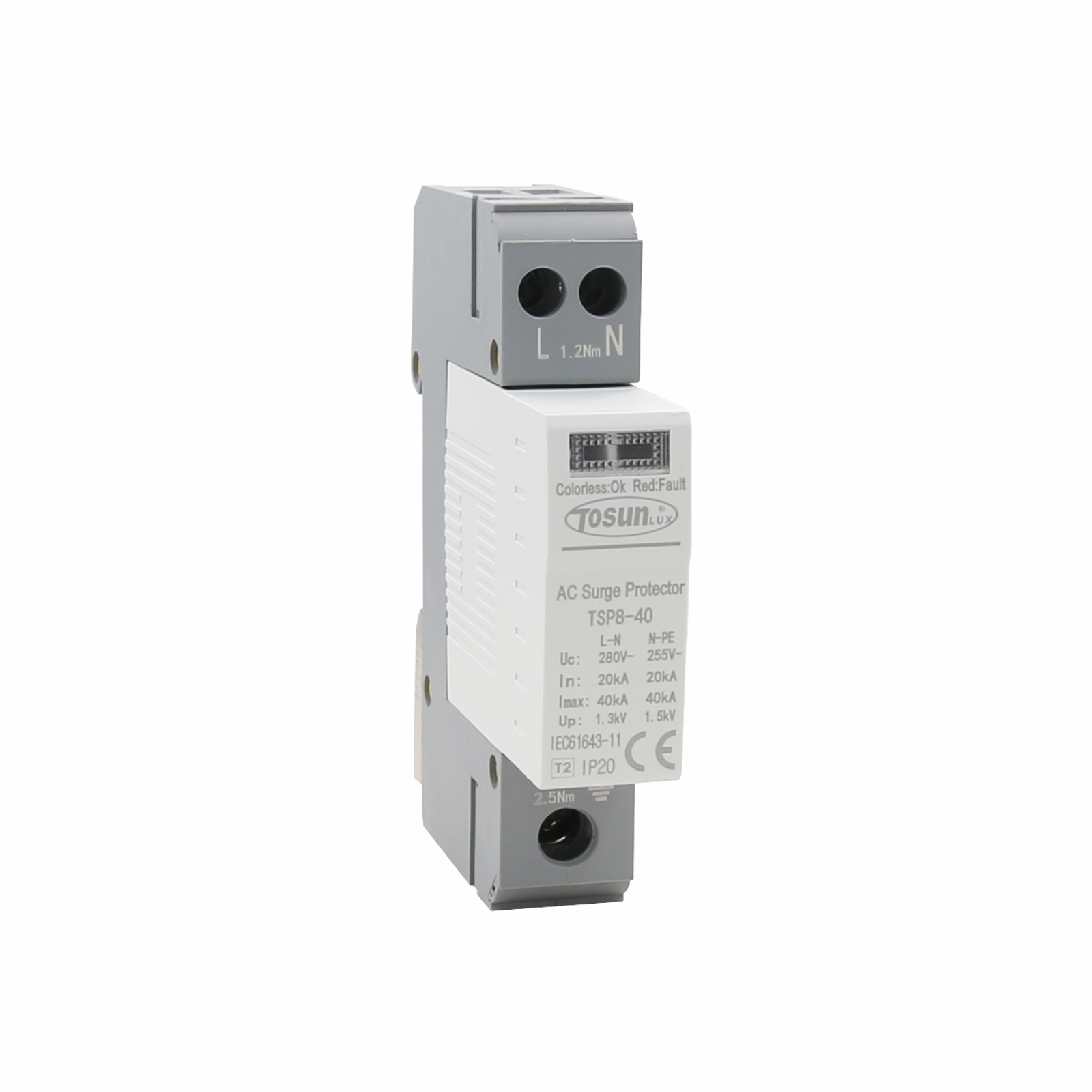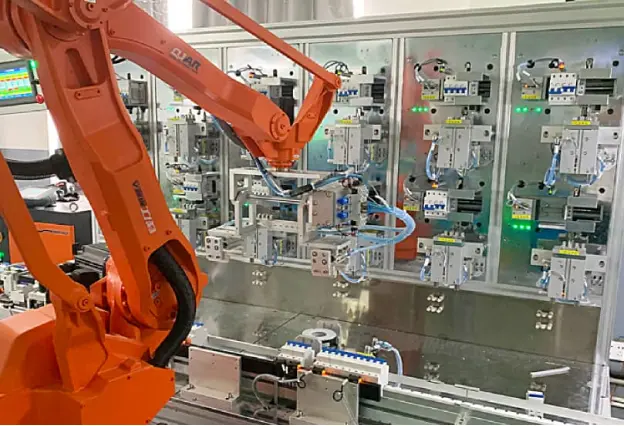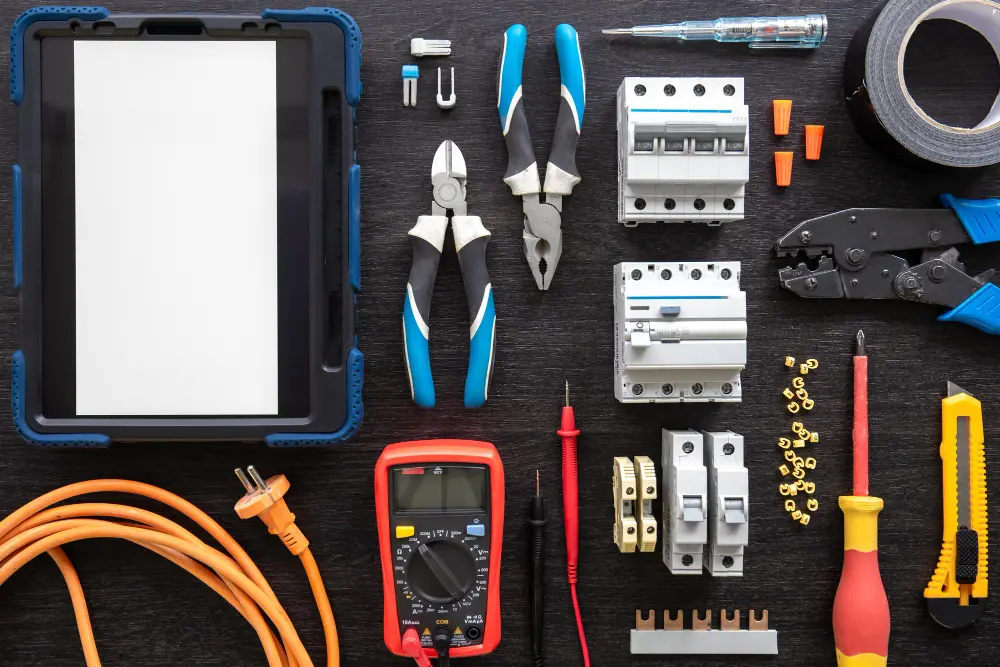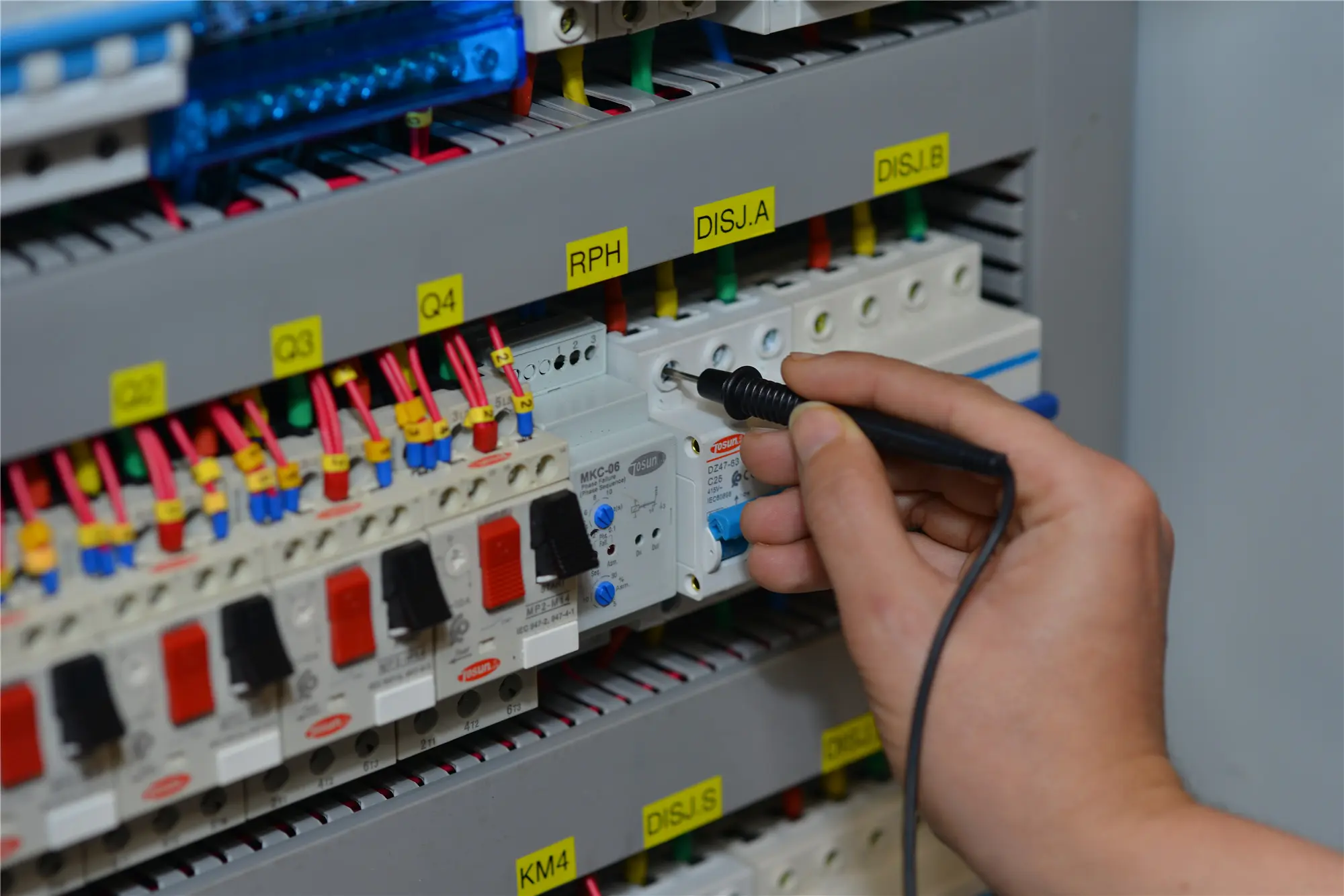RCCB Tripping Problems and How to Fix Them
Table of Contents
ToggleResidual current circuit breakers tripping problems can result from issues like moisture, faulty wiring, or damaged appliances. Fixing these problems involves steps such as resetting the breaker, inspecting wiring, and testing devices. If you’ve ever wondered why your RCCB trips unexpectedly, this guide is here to help.

Why Residual Current Circuit Breakers Trip
- Moisture Causing Ground Faults
Moisture often causes ground faults by allowing current to leak through wet or damaged wiring. This issue is common in areas like bathrooms, kitchens, or outdoor circuits. Moisture can cause earth leakage, leading to RCCB tripping to prevent electrical hazards.
Start by drying wet areas and sealing conduits to prevent water intrusion. If damage is severe, replacing the cables may be necessary.
- Damaged Supply Wiring
Frayed wires or loose terminals can cause leakage currents, leading to RCCB tripping. Current flowing through damaged wires can cause imbalances, prompting the RCCB to cut off the power supply.
Inspect wiring for visible wear or damage. Replacing deteriorated sections can resolve these issues and restore proper function.
- Faulty Connected Equipment
Damaged appliances or tools can develop internal faults that trip an RCCB. Have you noticed your RCCB trips whenever you turn on a particular device? Faulty devices can pose a risk of electric shock, making it crucial to address these issues promptly.
Test appliances individually by unplugging them and resetting the RCCB after each test. Repair or replace faulty devices to stop recurrent trips.
- Electrical Surges Or Fluctuations
Voltage spikes can cause an RCCB to trip. This happens more often with highly sensitive breakers. Compared to standard circuit breakers, RCCBs are more sensitive to surges, providing enhanced protection.
Installing surge protectors is an effective way to prevent trips caused by electrical surges. Learn more about RCCB installation to protect your circuits.
- RCCB Sensitivity Issues
An RCCB with high sensitivity might trip unnecessarily. While this provides better protection, it can lead to frustration over frequent trips.
Consider adjusting sensitivity settings or consulting an electrician for recommendations on suitable RCCBs.

- Overloading And Circuit Imbalance
Overloading circuits with too many high-power devices can trigger an RCCB. Does your breaker trip when you run multiple devices at once?
Distribute appliances across circuits to balance the load. If the problem persists, upgrading to higher-capacity wiring may help.
- Lightning And Power Surges
Lightning strikes or power surges often cause transient overvoltage, which triggers RCCBs.
Protect your circuits by installing surge protectors and lightning arrestors to reduce risks during storms.

How To Solve RCCB Tripping Problems
- Reset The RCCB
Begin by flipping the RCCB switch fully off and then back on. This step clears temporary faults. It’s a quick way to see if the issue was momentary. Resetting the RCCB can restore the power supply.
- Inspect Wiring
Turn off power before checking for damage or loose connections in the wiring. Pay special attention to high-risk areas like kitchens or outdoor circuits. Inspecting your setup regularly helps prevent bigger issues.
- Unplug Devices
Disconnect appliances one at a time while resetting the RCCB after each test. Faulty devices will usually cause the RCCB to trip again.
- Test RCCB Functionality
Use the test button on the RCCB. If it doesn’t trip, the breaker may need replacement. Testing ensures your RCCB is still providing protection. The RCCB is an essential safety device that helps prevent electric shocks and electrical fires.
- Contact An Electrician
For persistent issues, call a qualified electrician. They can use advanced tools like leakage current meters to pinpoint faults.
RCCB Working Principle And Protection
RCCBs operate based on Kirchhoff’s current law, monitoring live and neutral wires for imbalances. When leakage occurs and current flows are disrupted, they trip instantly to disconnect power and prevent hazards. This ensures reliable RCCB protection against shocks and fires.
How to Test RCCB Using Test Button
To ensure your Residual Current Circuit Breaker (RCCB) is functioning correctly, locate the test button, typically marked with a ‘T.’ With the power on, press this button to simulate a leakage current.
A properly working RCCB should trip immediately, disconnecting the circuit to demonstrate its ability to detect faults. The RCCB is a type of residual current device (RCD), which is crucial for preventing electric shocks and electrical fires caused by earth faults. Regular testing of the RCD is important to ensure it provides the necessary protection.

After it trips, reset the RCCB by switching it back to the ‘on’ position, confirming it’s ready for continued use. Regular testing, ideally once a month, is essential to maintain electrical safety. If the RCCB doesn’t trip during the test, it’s crucial to consult a qualified electrician to inspect and possibly replace the device to ensure ongoing protection against electric shocks and leakage currents.
Regularly press the test button to simulate leakage and check the RCCB’s response. If the breaker doesn’t trip, replace it immediately to maintain safety. Periodic testing is essential to ensure continued reliability.
Additional Reasons For RCCB Tripping
Ground Faults And Leakage Currents
Ground faults occur when current escapes through damaged wiring. RCCBs detect these faults and disconnect the circuit instantly.
Using insulation testers can quickly locate faults. Timely repairs help maintain circuit safety.
Moisture And Water Intrusion
Water in electrical systems can create unintended pathways for current flow, triggering RCCBs. Have you noticed tripping after rainy weather?
Install waterproof covers and improve ventilation to prevent moisture buildup.
Faulty Appliances
Internal faults in appliances often cause RCCBs to trip. Inspect and repair these devices as needed to restore normal operation.
Improper RCCB Installation
Incorrect installation may cause frequent tripping. Wiring errors or mismatched connections are common issues.
Verify installation against RCCB working principles. Seek professional help to correct errors. Explore our guide on ELCB vs RCCB to better understand your device’s functionality.
Conclusion
RCCB tripping problems often stem from moisture, wiring faults, or appliance issues. Resolving these involves systematic steps like resetting the RCCB, inspecting connections, and isolating faulty equipment.
offers high-quality RCCBs designed for reliability and performance. Contact us today for expert advice on choosing the right RCCB for your needs.

FAQs
How Do You Know If An RCCB Is Faulty?
Test the RCCB using its test button. If it fails to trip, it’s likely faulty and requires replacement.
Does RCCB Trip On Overload?
RCCBs do not directly trip on overloads unless combined with leakage currents. Overload protection requires an MCB or similar device.
What Is The Typical Tripping Current Of An RCCB?
Most RCCBs trip at a leakage current of 30 milliamps, providing effective shock prevention.
What Is The Maximum Tripping Time For The RCCB?
The maximum tripping time is 40 milliseconds, ensuring rapid disconnection to minimize hazards.
🔎 Recommended Reading for RCCB Tripping Issues
RCCB Installation
Learn the correct steps and precautions for installing RCCBs to minimize tripping and ensure safe operation.
ELCB vs RCCB
Understand the differences between ELCB and RCCB, and how each helps protect your system from earth faults.
RCBO vs RCCB
Explore the key differences between RCBO and RCCB, and find out which is more suitable for your protection needs.
Tel: +86-577-88671000
E-mail: ceo@tosun.com
Skype: tosunelectric
Wechat: +86-139 6881 9286
WhatsApp: +86-139 0587 7291
Address: Room No.1001 Wenzhou Fortune Center,Station Road, Wenzhou, China
REQUEST A QUOTE
WhatsApp us
 : +86-139 0587 7291
: +86-139 0587 7291 English
English Español
Español Русский
Русский Français
Français العربية
العربية Português do Brasil
Português do Brasil Українська
Українська Türkçe
Türkçe Polski
Polski Nederlands
Nederlands Italiano
Italiano Bahasa Indonesia
Bahasa Indonesia हिन्दी
हिन्दी اردو
اردو አማርኛ
አማርኛ Հայերեն
Հայերեն ไทย
ไทย Монгол
Монгол فارسی
فارسی Shqip
Shqip Ελληνικά
Ελληνικά




